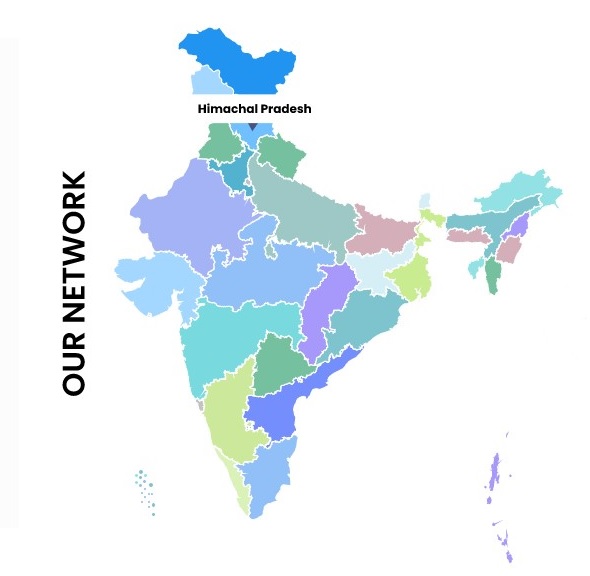Drug Standardization 2017-18
1. The details of the studies along with the outcomes:
| S.No. | Title of the research studies | Brief outcome during reporting period |
|---|---|---|
| 1 | Drug Development Laying down the standards for Homoeopathic medicines (Pharmacognostic, Physico-chemical and Finished Product Standards studies) |
Laid down the standards for 17 drugs with respect to Pharmacognostical and physico-chemical aspect and Finished Product Standards (FPS) carried out at Drug Standardization Unit at DSU, Hyderabad and CRI (H), Noida. Annexure-I |
| 2 | Revision & up-gradation of Homoeopathic Pharmacopoeial Monographs on 17 drugs | Revision work on Pharmcopoeoial Standards on 17 drugs have been completed in the year 2017-18. In which 14 are plant drugs and 03 are animal origin drugs. Annexure-II |
| 3 | Preparation of Homoeopathic Pharmacopoeia of India work- XIth Vol. | Work on 17 Homoeopathic Drugs have been completed for HPI vol-XI. Annexure-III |
| 4 | Cultivation of exotic and indigenous medicinal plant | Cultivation and maintaining of germ plasm of 62 exotic homoeopathic medicinal plants and 14 indigenous homoeopathic medicinal plants. The newly built rigid poly house at Centre for Medicinal Plants Research in Homoeopathy (CMPRH), Emerald, Ooty has been used for the raising seedlings of various homoeopathic medicinal plants for further extension of areas as cultivable and the maintenance of germplasm. Exotic seeds are 11 imported from USA on gratis and the same have been used for germination and maintenance of germplasm. Annexure-IV |
| 5 | Pharmacological studies/In-vitro antifungal activities. | The activities have been completed on Candida albicans, Microsporum canis, Aspergillus niger, E coli, Proteus Mirabilis and Klebsiella pneumonia and studies to be carried out on various human pathogenic fungi. |
Publications of the section during 2017-2018
Scientific Papers, Book Published in National/International Journals:
- “Pharmacognostic studies of Polygala senega L. Root– a homoeopathic drug” Published in IJRH 2018; 12 (1): 4-10.
- “Comparative standardization study for determination of Reserpine in Rauwolfia serpentine homoeopathic mother tinctures manufactured by different pharmaceutical industries using HPTLC as a check for quality control” published in IJRH, 2017; 11 (2):109-117.
- “Evaluation of Antifungal Activity of Different Homeopathic Mother tinctures against the Candida albicans” published in IJRH, 2017; 11(4):237-243.
- Medicinal Plants Diversity and their Folklore Uses by the Tribes of Nilgiris Hills, Tamil Nadu, India. R. Logesh, S.P. Dhanabal, B. Duraiswamy, M.V.N.L. Chaitanya, P. Dhamodaran and S. Rajan, published in Int. J. Pharmacog. Chinese Med(China) 1(3):114-125, 2017.
- Evaluation of Anti-microbial potential of Baeolepis nervosa (Wight & Arn.) Decne. ex Moq. R. Logesh, S.P. Dhanabal, B. Duraiswamy, R. Rajesh kumar, M.V.N.L. Chaitanya and S. Rajan, Der. Pharmacia letter (USA) 9 (9)46-61, 2017.
Books:
1. A Handbook of Medicinal Plants Used in Homoeopathy-second edition. 2018
2. Study of Homoeopathic Medicines through Clinical Verification” Vol. 4. (Botany/Chemistry/Pharmacology part contributed by D.S. Section)
Monographs:
1. Bellis Perennis- New monograph. 2018
2. Tinospora Cordifolia- New monograph. 2018
3. Atista Indica- Revised Monograph. 2018
4. Cassia Sophera- Revised Monograph. 2018
5. Abroma Agusta- Revised Monograph. 2018







.png)

.png)





